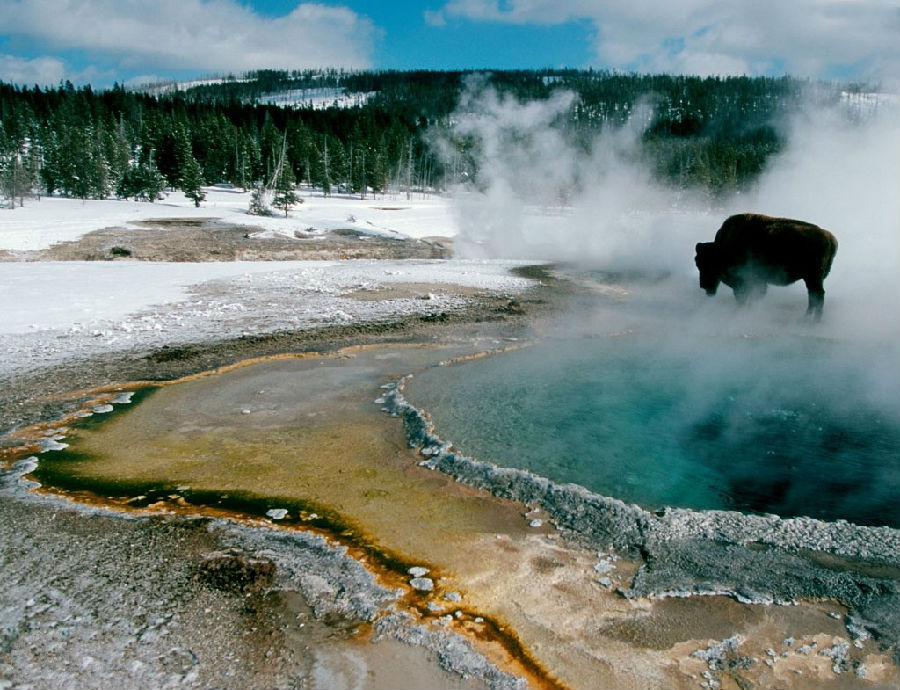The ash fall from the last Yellowstone eruption covered all or parts of nineteen western states (plus parts of Canada and Mexico)—nearly the whole of the United States west of the Mississippi. This, bear in mind, is the breadbasket of America, an area that produces roughly half the world's cereals. And ash, it is worth remembering, is not like a big snowfall that will melt in the spring. If you wanted to grow crops again, you would have to find some place to put all the ash. It took thousands of workers eight months to clear 1.8 billion tons of debris from the sixteen acres of the World Trade Center site in New York. Imagine what it would take to clear Kansas.

And that's not even to consider the climatic consequences. The last supervolcano eruption on Earth was at Toba, in northern Sumatra, seventy-four thousand years ago. No one knows quite how big it was other than that it was a whopper. Greenland ice cores show that the Toba blast was followed by at least six years of "volcanic winter" and goodness knows how many poor growing seasons after that. The event, it is thought, may have carried humans right to the brink of extinction, reducing the global population to no more than a few thousand individuals. That means that all modern humans arose from a very small population base, which would explain our lack of genetic diversity. At all events, there is some evidence to suggest that for the next twenty thousand years the total number of people on Earth was never more than a few thousand at any time. That is, needless to say, a long time to recover from a single volcanic blast.












